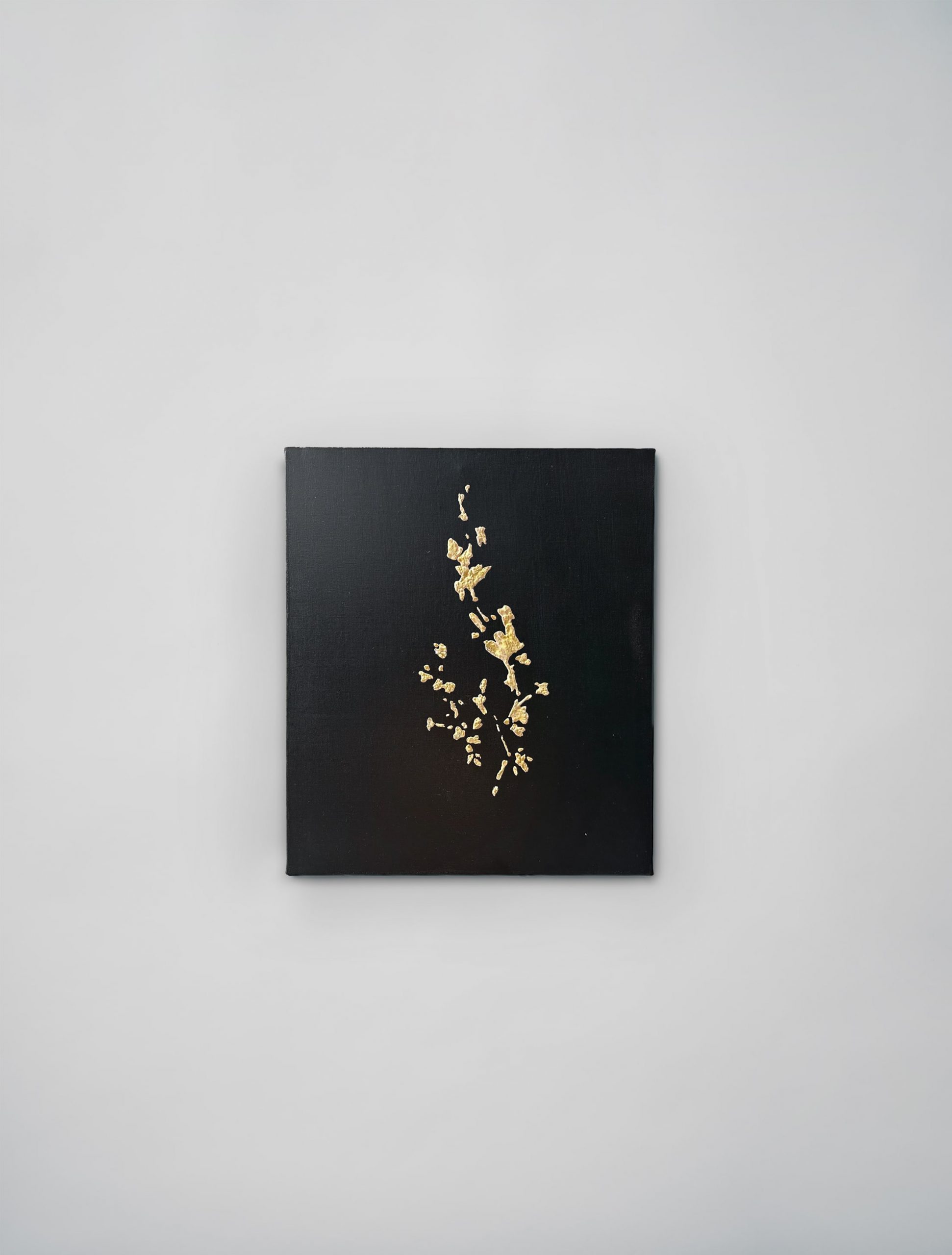

Dialogue with the figurative #03
2022
canvas, resin, pigment, acrylic paint
H530mm W455mm D50mm
This is the first work in a series to explore how artist Seitaro Yamazaki’s body as an organic being can interact with various tools using contemporary digital data to create unexpected beauty.
In the traditional creation of artworks, artists strive to correctly materialize what they envision. For example, if artists have an ideal image of what they want to portray, they will hone their skills and gain experience in order to realize that image without any differences.
However, these traditional models of accumulated techniques are no longer applicable to the creation tools that utilize deep learning AI, which has developed rapidly over the past several years. This is because the AI that generates some output based on the artist’s input in these tools does not understand the artist’s intentions.
The AI outputs what is statistically most likely to align with the artist’s intentions based on a vast amount of learning and mathematical models without actually understanding the artist’s intentions.
However, the interface between artists and AI is still imperfect at this point, producing a myriad of unexpected outputs.
In this series, we understand this structure as the incompleteness of the knowledge-based level in the Skills, Rules, and Knowledge Framework where Jens Rasmussen (1926-2018) modeled the structure of human error, and then applied the three types of human error, mistake, lapse, and slip, proposed by James Reason (1938-). We then considered the unexpected output of AI tools as a kind of slip caused by an imperfection in the interface between the AI and the artist with knowledge, rather than mistake, which is a human error caused by misunderstanding of intent, or lapse, which is caused by inadvertently forgetting something. We pursue the possible creation of “unexpected beauty” when artists receive feedback on such slips.
In the first work, two-dimensional data taken from an imaginary plant drawn in the traditional India ink painting was read by the 3D modeling tool “Geomagic Freeform”, and the shades of ink were replaced with height data and output by selective laser sintering modeling (nylon 3D printing). The resulting 3D-formed object was then painted with pigments by the artist and adhered to the canvas faithfully following the composition of the original India ink painting.
In this process, the Geomagic Freeform program processes data and outputs STL files without understanding the artist’s intentions. Meanwhile, the artist takes the result of arbitrarily generating slips in the program, and then processes it again using his or her own sensibilities and body to create the final work.
Although this work, thus completed, expresses a plant, a tangible object, it internalizes a kind of abstraction at the same time because the intermediate process of its creation involves information processing using mathematics and digital data by a program that has no intention.

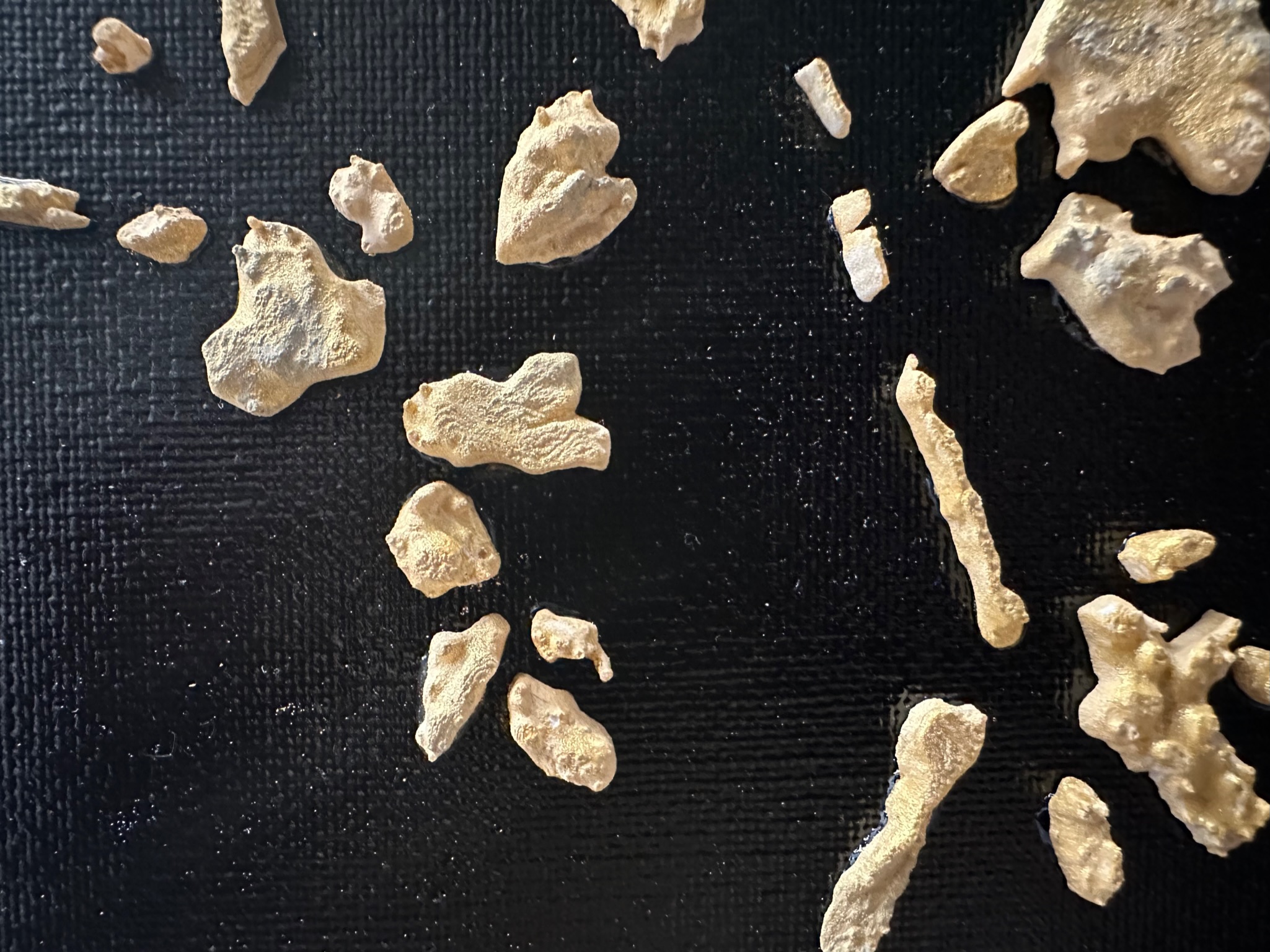
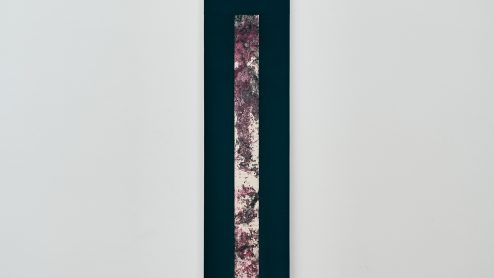
Study
painting
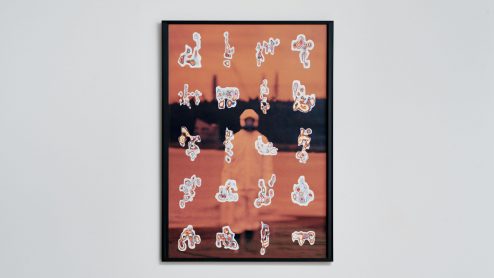
The Voice within the Voice “Fukushima Daiichi Nuclear disaster of March 11, 2011”
digital print
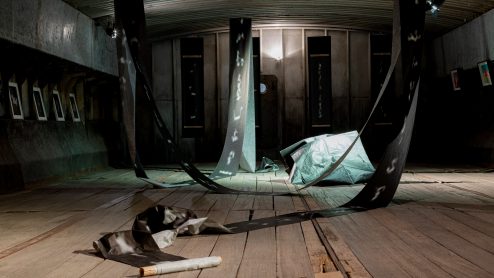
8 million traces
digital print
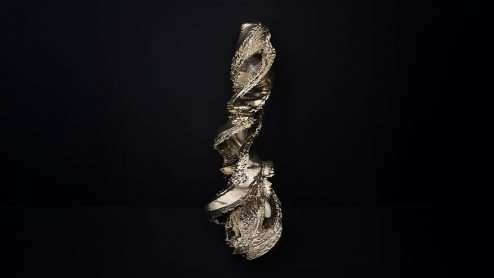
Sculpture of 8 Million Traces
sculpture
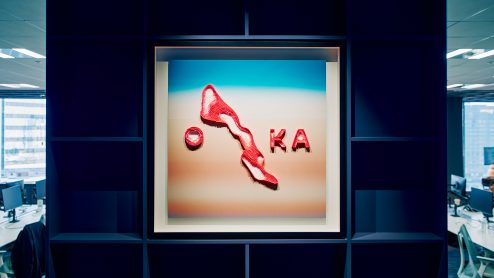
Specimens of the spilled over “Osaka Station”, “Kanazawa Station”, “Tsuruga Station”, “Kyoto Station”, “Yonago Station”, “Wakayama Station”, “Sannomiya Station”, “Okayama Station”, “Hiroshima Station”, “Hakata Station”
commission work
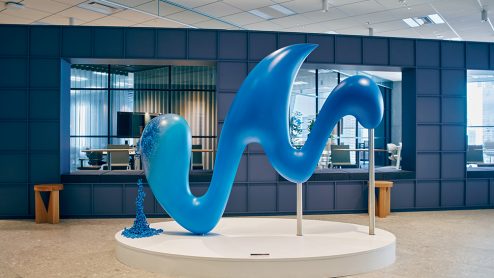
We all Wesmo!
commission work
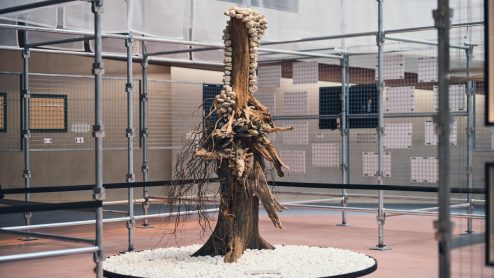
A BOUQUET OF DIVERSITY
sculpture
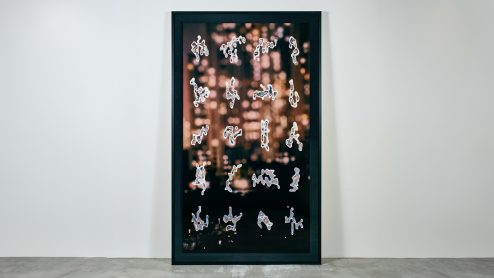
The Voice within the Voice “People shouting from their windows during the lockdown in Shanghai / From Patrick Madrid’s post on X”
digital print
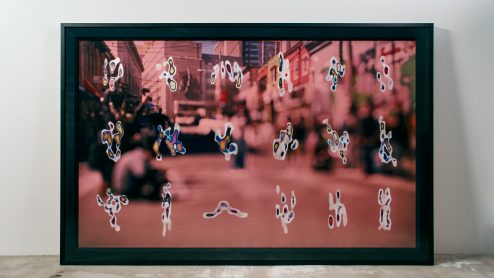
The Voice within the Voice “Sandra Oh speaks at anti-Asian hate rally in Oakland / The Pitt News”
digital print
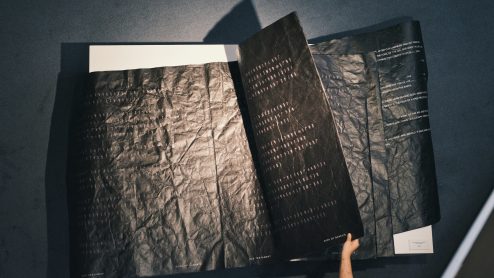
Stories Not Used “OLD TESTAMENT” BOOK OF GENESIS
digital print
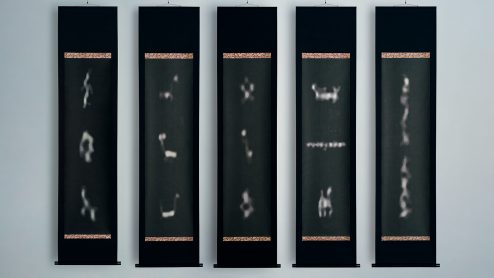
8 million traces
digital print
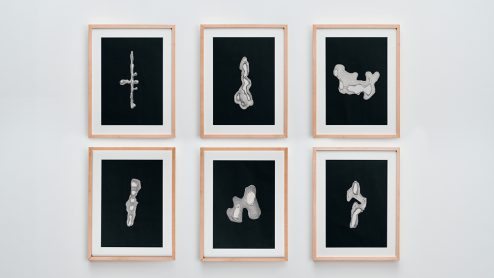
8 million traces
digital print
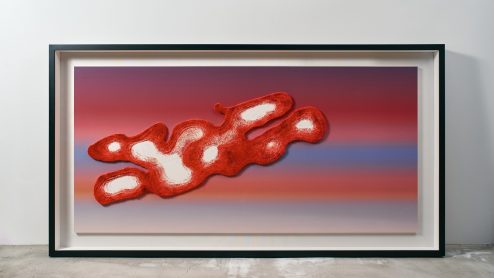
Specimens of the spilled over
photo painting
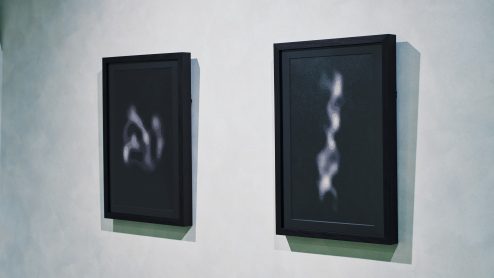
8 million traces
commission work
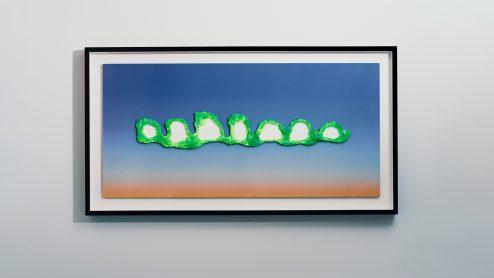
Specimens of the spilled over
commission work
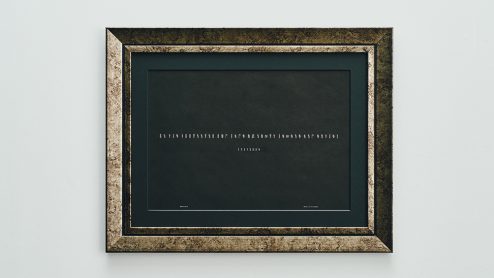
Stories Not Used “בְּרֵאשִׁ֖ית בָּרָ֣א אֱלהִֹ֑ים אֵ֥ת הַשָּׁמַ֖יםִ ואְֵ֥ת הָאָֽרֶץ” WYC1382 -In The Bigynnyng God Made Of Nouyt Heuene And Erthe.-
digital print
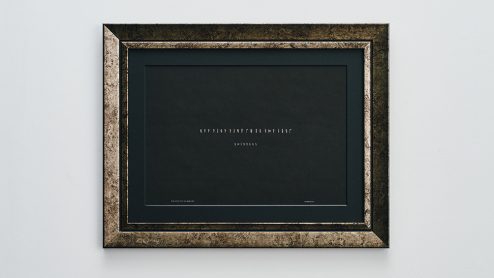
Stories Not Used “Epic of Gilgamesh” SUMERIAN -ALL THAT THEY DO IS BUT WIND-
digital print
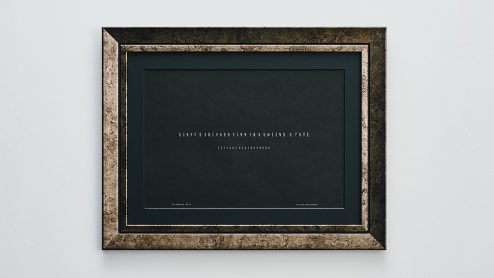
Stories Not Used “Sonnets 18” William Shakespeare -Shall I compare thee to a summer’s day?-
digital print
LETTER FOR YOU
To receive news on upcoming exhibitions and artworks.
Please subscribe to our newsletter.